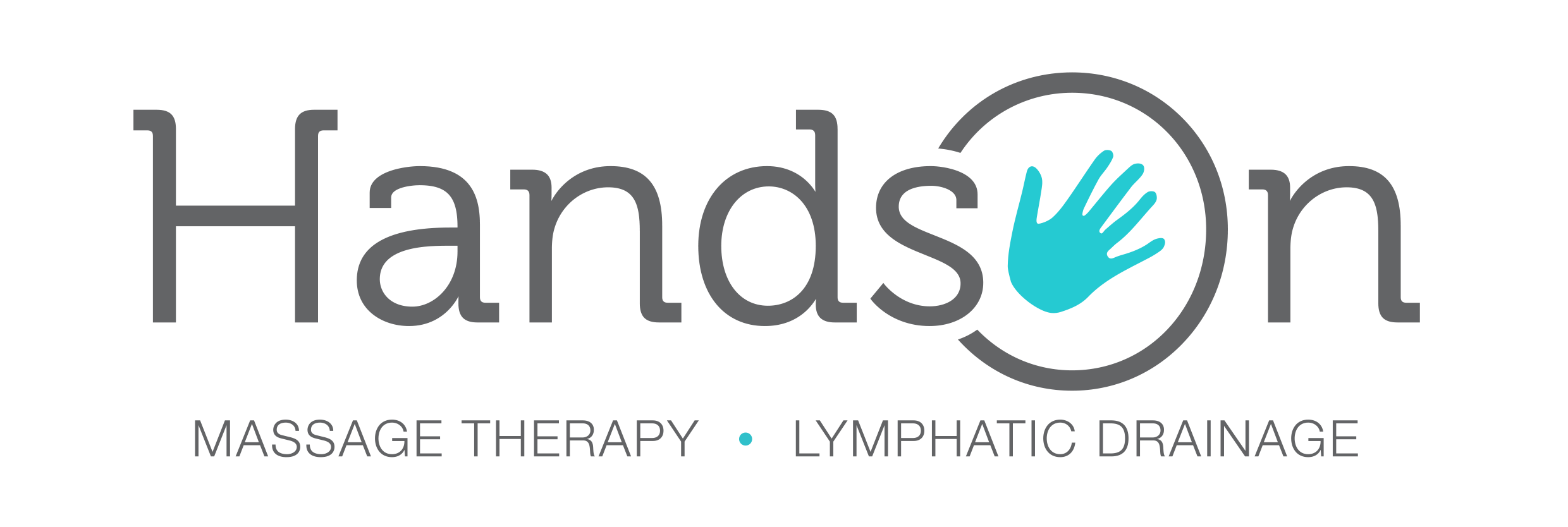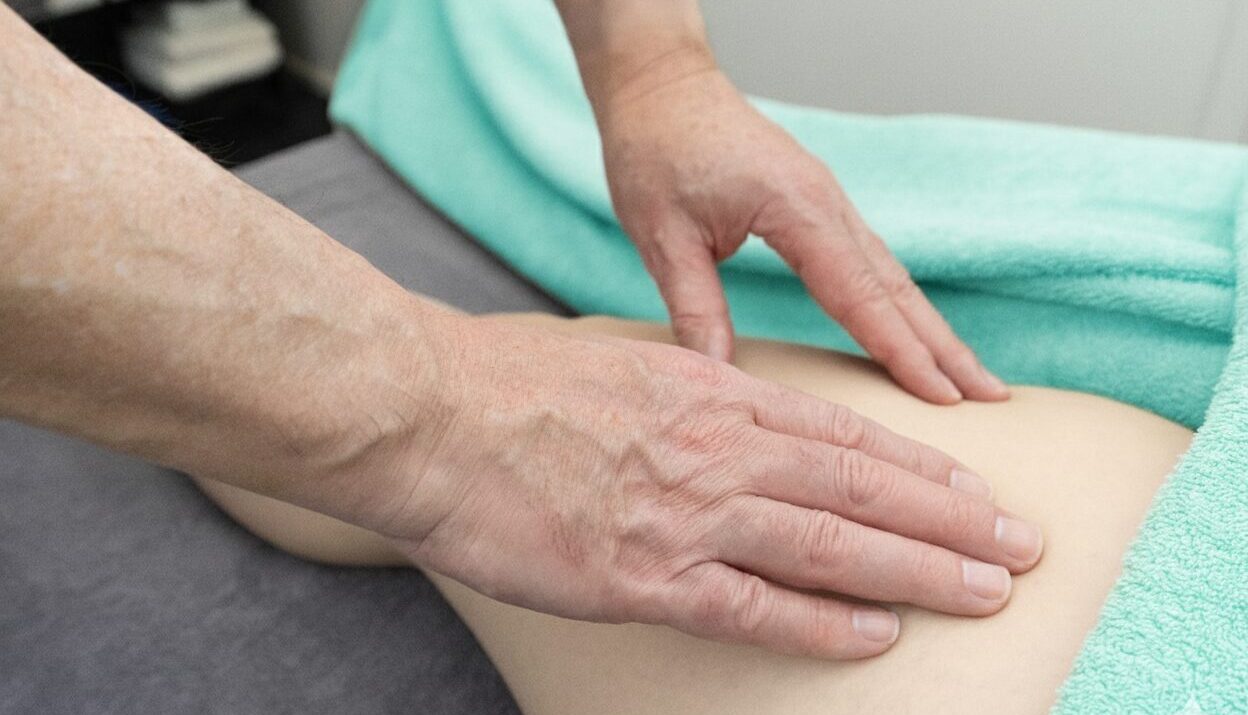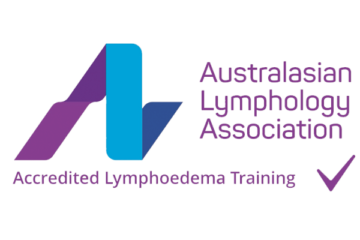Understand your condition, Find Relief:
Expert Manual Lymphatic Drainage in Canterbury
- Lymphoedema – the most recognised form, often resulting from cancer treatment or surgery
- Lipoedema – a chronic subcutaneous adipose tissue disorder (SAT) that primarily affects women
- Phlebodema (Venous Insufficiency) – oedema linked to poor vein function
Manual Lymphatic Drainage:
What It Is and How It Benefits You
other conditions such as chronic pain or conditions of the digestive system.
By gently stimulating the lymphatic vessels, MLD helps to:
- Improve the lymphatic flow
- Clear stagnant interstitial fluid
- Encourage detoxification via the liver, kidneys, and lungs
- Increase energy and reduce fluid retention
- Support healing and immune function
- Reduce inflammation and chronic pain
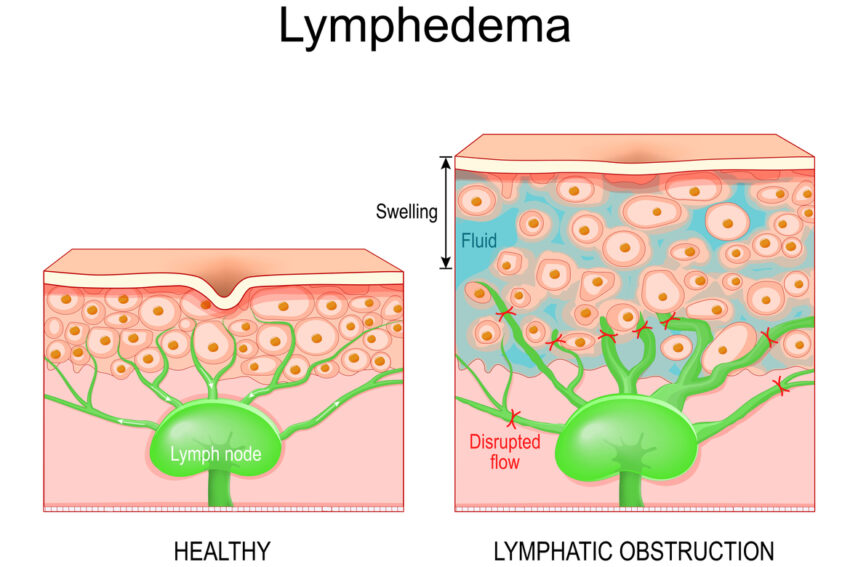
How We Work
Every session follows a proven sequence, starting with areas closest to your body’s centre,
such as the neck, chest, and upper torso. This creates space in the lymphatic system so fluid from swollen areas farther away (like the arms or legs) can move more freely. Our therapists use gentle, rhythmic hand movements that lightly stretch the skin, firm enough to encourage lymph flow but never forceful, making each treatment both effective and comfortable.
Tailored, Personalised Treatment Plans
Our clinic specialises in helping clients manage swelling (oedema) and other, often chronic
conditions, creating treatment plans personalised for your unique needs.
Your First Step: Comprehensive Consultation
Your journey begins with a one-hour consultation, where we take the time to understand your needs through a friendly conversation and detailed assessment. From there, we design a personalised plan.
Your Initial Treatment Plan
Most clients start with three to four 60-minute sessions (one per week) to gently stimulate lymph flow and reduce swelling. We closely monitor your progress during these sessions,
adjusting your plan as needed to ensure the best results.
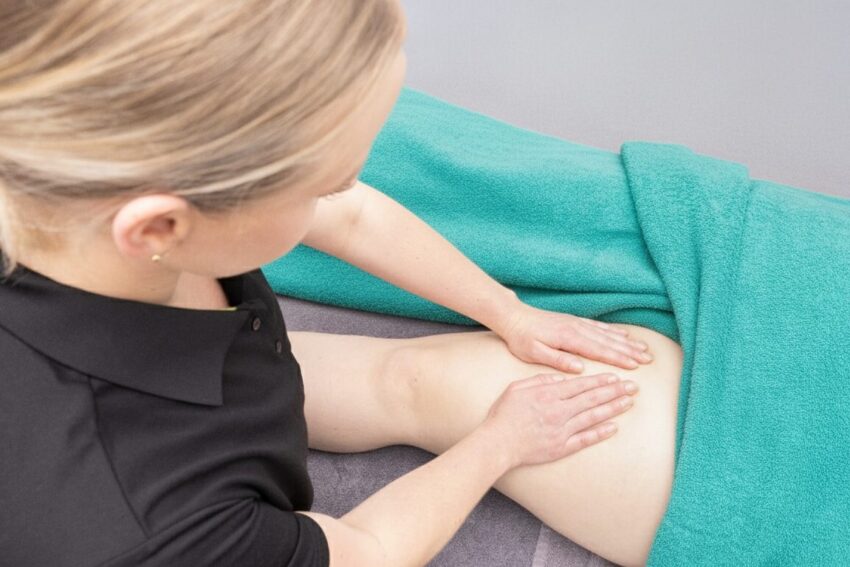
Your First Step: Comprehensive Consultation
Your Initial Treatment Plan
Most clients start with three to four 60-minute sessions (one per week) to gently stimulate lymph flow and reduce swelling. We closely monitor your progress during these sessions,
adjusting your plan as needed to ensure the best results.
Your Follow Up Treatment Plan
Based on your response to your initial treatment plan, we then recommend a personalised
follow-up plan to support your ongoing recovery and well-being.
Complete Care for Long-Term or Complex Oedema
For clients managing more persistent or complex oedema, we offer a full range of supportive
therapies alongside Manual Lymphatic Drainage, including:
- Complex (or Complete) Decongestive Therapy (CDT)
- Compression garment fitting & advice
- Kinesio taping techniques
- Medical bandaging for oedema management
- Gentle, guided decongestive exercises
- Easy-to-follow self-care tips for home
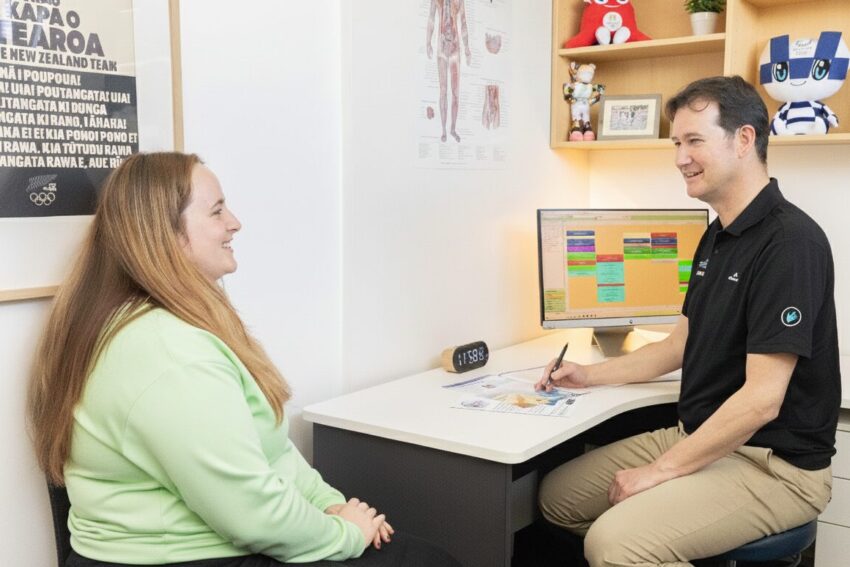
A Connected Network of Care
At Hands On Clinic, we believe the best outcomes are achieved through collaboration. That is why we work closely with a trusted network of local and national health professionals to provide seamless, integrated care for every client. Our partners include leading organisations such as the NZ Breast Cancer Foundation, St George’s Cancer Care Centre, and Te Whatu Ora - Health New Zealand, as well as a wide circle of respected specialists.
In partnership with Essity Ltd, we also host monthly specialist consultations for clients with complex compression garment needs, ensuring you have access to the very best support when it matters most.
This connected network means that when you come to us, you’re not just benefiting from our expertise, you’re supported by a whole community dedicated to your health and wellbeing.
Our Commitment to You
Everything we offer is tailored to your needs, empowering you to feel informed, confident,
and in control of your ongoing care.
Ready to feel your best?
Before and after MLD Treatment
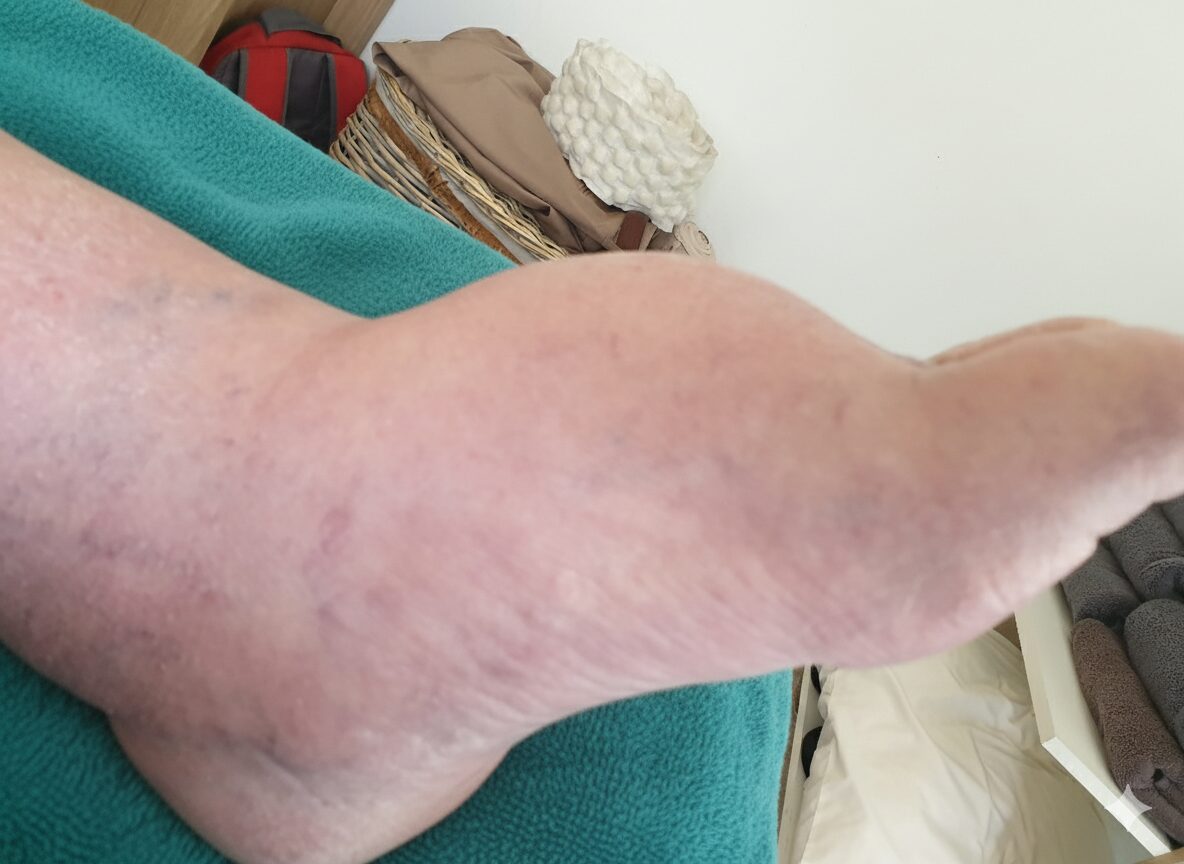
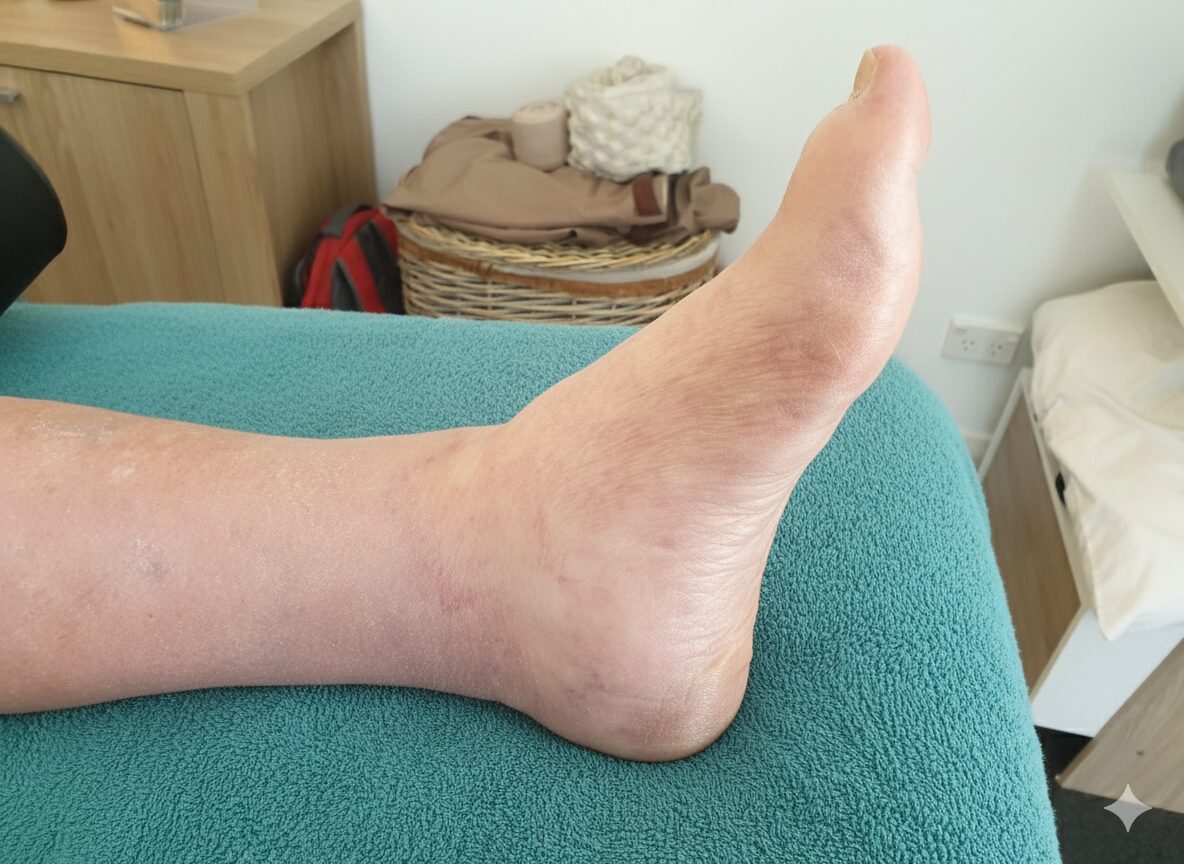
Frequently Asked Questions
What is Manual Lymphatic Drainage (MLD) used for and what are the benefits?
Manual Lymphatic Drainage (MLD) is a gentle, specialised massage technique that stimulates the lymphatic system, your body’s natural waste removal and immune defence network. It helps reduce swelling, improve circulation, support healing, and promote overall wellbeing.
Common Indications for MLD
| Post-Surgical & Medical | Neurological & Chronic Pain | General Wellness & Other Conditions |
| ✅ Primary & Secondary Lymphoedema | ✅ Tension headaches & migraines | ✅ Sports Recovery Post Exercise recovery, Acute Injuries |
| ✅ Lipoedema / Venus Insufficiency | ✅ Neuralgia & sensory regulation disorders (SRD) | ✅ Ear Nose & Throat Sinus congestion, sinusitis, Tinnitus, Ménière’s disease |
| ✅ Post-mastectomy / post-hysterectomy | ✅ Multiple Sclerosis | ✅ Pregnancy Related Swelling |
| ✅ Pre & post surgery (including orthopaedic and vascular procedures) | ✅ Fibromyalgia | ✅ Digestive Support (IBS, Constipation), Colitis |
| ✅ Pre & post cosmetic surgery | ✅ Chronic fatigue | ✅ Immune Health Strengthening the immune system, toxic load or environmental poisoning |
| ✅ Post-vein stripping | ✅ Stress-related tension | |
| ✅ Varicose veins | ||
| ✅ Dermatological Support Acne, Eczema, Leg Ulcers, Burns & Scar Managment, Scleroderma |
Benefits of MLD
- Reduced swelling and discomfort
- Faster healing and recovery
- Improved mobility and function
- Enhanced immune system performance
- A deep sense of relaxation and wellbeing
When is Manual Lymphatic Drainage (MLD) not recommended?
While MLD is safe and gentle for most people, there are certain situations where it should be avoided or postponed. These are called contraindications.
Absolute Contraindications (MLD should not be performed)
| ❌ Absolute Contraindications (Treatment Not Advised) | ⚠️ Relative Contraindications (Require Medical Clearance) |
| Acute Infections (bacterial or viral) | Controlled Congestive Heart Failure |
| Untreated Cancer | Treated Malignancies (requires clearance from oncologist) |
| Cardiac Insufficiency / Congestive Heart Failure (untreated) | Thyroid Dysfunction |
| Renal (Kidney) Failure | Asthma |
| Deep Vein Thrombosis (DVT) | Menstruation (for abdominal drainage) |
| Acute Bronchitis or Active Tuberculosis | Hypotension or Low Blood Pressure |
How often should I get Manual Lymphatic Drainage (MLD)?
The frequency of MLD sessions depends on your individual needs, goals, and health condition.
- For medical or post-surgical needs:
In the early stages of treatment (such as after surgery, injury, or during flare-ups of lymphoedema), sessions may be recommended 1 - 3 times per week to achieve the best results. - For ongoing management:
Once your symptoms improve, you may move to weekly or fortnightly sessions to maintain results. - For general wellness and prevention:
Many people choose a 4-weekly session to support and maintain lymphatic health, reduce stress, and improve overall wellbeing.
Every person’s situation is different, so your therapist will assess your needs and create a personalised treatment plan. We can also coordinate with your healthcare provider to ensure the schedule is safe and effective for you.
Are there any side effects from Manual Lymphatic Drainage (MLD) treatment?
MLD is a very gentle technique and is generally well tolerated. Most people find it deeply relaxing and experience no negative effects. However, because MLD stimulates your lymphatic and circulatory systems, you may notice some temporary, mild reactions as your body adjusts:
Possible short-term effects include:
- Increased urination or bowel movements (as the body processes waste)
- Mild fatigue or drowsiness
- Temporary light-headedness
- Mild headache
- Slight increase in swelling before it reduces (especially in the first few sessions)
- Very mild skin redness in the treated area
These effects are usually short-lived and are considered a normal part of your body’s response to treatment.
⚠️ If you experience pain, fever, or unusual swelling after MLD, stop treatment and contact your healthcare provider, as this may indicate an unrelated medical issue that requires attention.
💡 Tip: Staying well hydrated before and after your session can help your body process fluids more efficiently and may reduce the likelihood of side effects such as headaches or fatigue.
What will happen during my first appointment?
During your first appointment, we will start with a friendly chat to learn about your health history, concerns, and goals. Your therapist will then do an assessment and explain your personalised treatment plan. You will also receive your first treatment, tailored to your needs, and we will answer any questions, so you feel comfortable and informed.
Follow-up appointments will be more treatment-focused, as we will already know you and your requirements
What do I wear to my appointment?
Wear comfortable, loose-fitting clothing that allows easy movement. Depending on your treatment, you may be asked to remove certain items, but you will always be draped for privacy and comfort.
